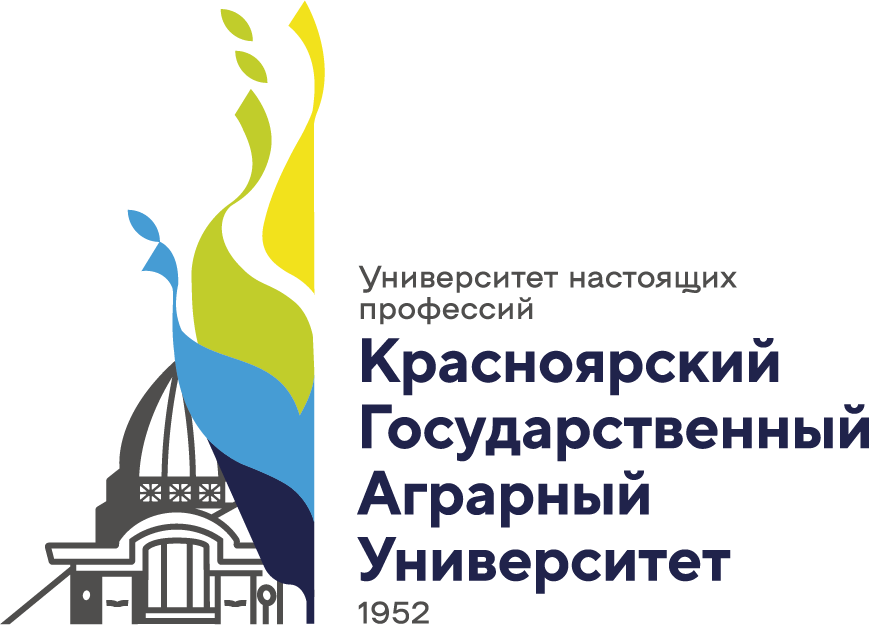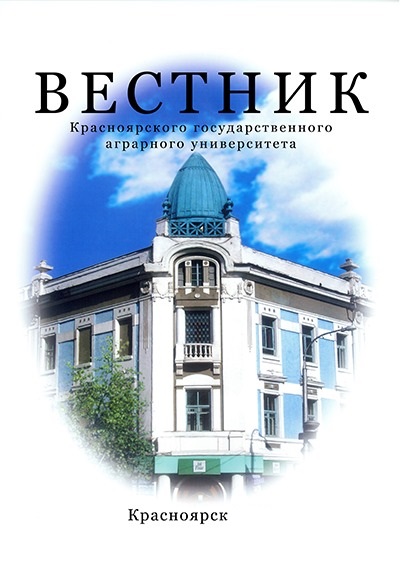The results of the survey of the specialists of veteri- nary medical institutions of West Siberian Federal Dis- trict concerning rational prescription of nonsteroid anti- inflammatory drugs given to animals were presented. 109 questionnaires completed with doctors during the period from 2016 to 2017 were processed. The charac- teristics of respondents most often using NSAIDs in veterinary medicine, the factors of their choice, the de- gree of knowledge of rational use of NSAIDs for animals were defined. It was established that NSAIDs prepara- tions on the basis of carprofen (Rimadyl 5 %) and ketoprofen (Ketofen) were most popular most often pre- scribed. Thus preparations on the basis of carprofen caused more often undesirable effects, than prepara- tions on the basis of a ketoprofen. When using prepara- tions in 17.7 % of cases the development of undesirable reactions in animals were observed by the veterinary surgeons: the progressing oppression, ataxy, sharp renal failure, skin allergic reactions, toxic hepatitis, post-injection infiltration, hemorrhagic gastroenteritis and anaphylactic shock. The main indications for NSAIDs prescription to animals (more than 90 % among the in- terrogated experts) were the diseases of the musculo- skeletal system, syndrome with traumatic injury and postoperative period, fever, colic. NSAIDs are often combined with antibiotics (23.3%), arthroprotectants (16.1%), vitamins and minerals (13.3%), and anesthesia agents (10.3%). Rare uses of NSAIDs with H2-histamine receptor blockers (8 %), antihistamine drugs (7.3 %), spasmolytic (6.2 %), glucocorticosteroids (4.6 %), diu- retics (2%) and proton pump inhibitors (0.6 %). The methods of transferring of NSAIDs are intramuscular (34.5 %), subcutaneous (32.8 %) and oral methods (20.8 %) are preferred by the veterinarians. The effec- tiveness of the drug is an important factor for all the respondents, only 26.4 % of doctors take into account the contraindications in using and 12.3 % pay attention to unwanted reactions of NSAIDs, preferring LPs of im- ported production (68.7 %).
nonsteroidal anti-inflammatory drugs, NSAIDs, rational application to animals, respondents, questioning
1. El'cova A.A., Boyko T.V., Chudnov I.E. i dr. Obzor farmacevticheskogo rynka nesteroidnyh protivovospalitel'nyh preparatov, prednaznachennyh dlya lecheniya zhivotnyh // Mat-ly na- uch.-prakt. (zaochnoy) konf. s mezhdunar. uchasti- em.- Omsk: Izd-vo IP Maksheevoy E.A., 2015. - S. 105-109.
2. Skott H. Sovremennye metody medikamentoznogo lecheniya osteoartrita u sobak i koshek. - URL: file:///C:/Users/ZALMAN/Downloads /sovremennye-metody-medikamentoznogo-lecheniya-os-te-oartrita-u-sobak-i-koshek.pdf.
3. Lapina T.L. Gastropatii, inducirovannye nesteroidnymi protivovospalitel'nymi preparatami: klinicheskoe znachenie, lechenie, profilaktika // Consilium medicum. - 2001. - T. 3. - № 9. - S. 438-442.
4. Karataev A.E. Nesteroidnye protivovospalitel'nye preparaty pri lechenii myshechnoy boli: vremya «zolotoy serediny». - URL: file:///C:/Users/ZALMAN/Downloads/nesteroidnye-protivovospalitelnye-preparaty-pri-lechenii-myshechno-skeletnoy-boli-vremya-zolotoy-serediny.pdf.
5. Pul'nyashenko P.R. Nekotorye oslozhneniya so storony zheludochno-kishechnogo trakta u melkih domashnih zhivotnyh pri lechenii bolevogo sindroma s ispol'zovaniem nesteroidnyh protivovospalitel'nyh preparatov i glyukokortikoidov // Veterinariya Kubani. - 2007. - № 5. - S. 25-29.
6. Sharkey M., Brown M. Wilmot Adice to Dog Owners Whose Pets Take NSAID // FDA Veterinarian Newsletter. - 2006. - Vol. 21, № 1. - P. 1255- 1258.










